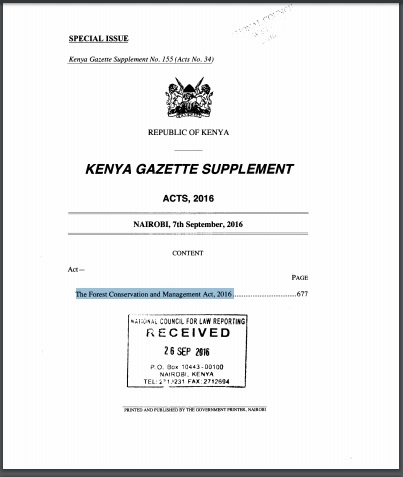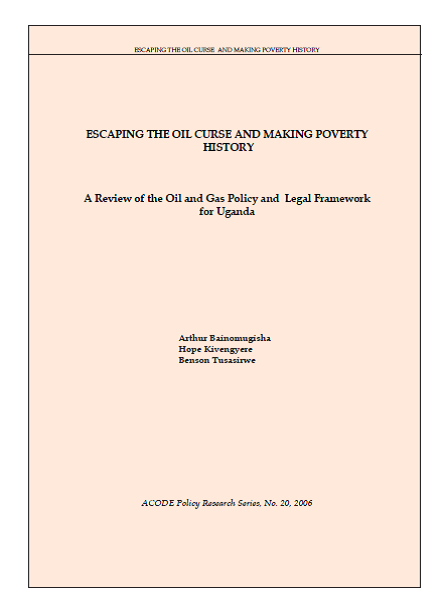MABOSINFRON, guardianes del bosque de Alto Purús
En Puerto Esperanza, capital de Purús, pobladores locales crearon en 2006 la Asociación Manejo de Bosques Sin Fronteras – Río La Novia MABOSINFRON, con el objetivo de conservar un bosque primario cercano a sus cultivos agrícolas en un sector en peligro por la tala ilegal y el uso inadecuado de sus recursos. En 2012, recibieron en concesión por diez años 6,718.80 hectáreas de bosques.






